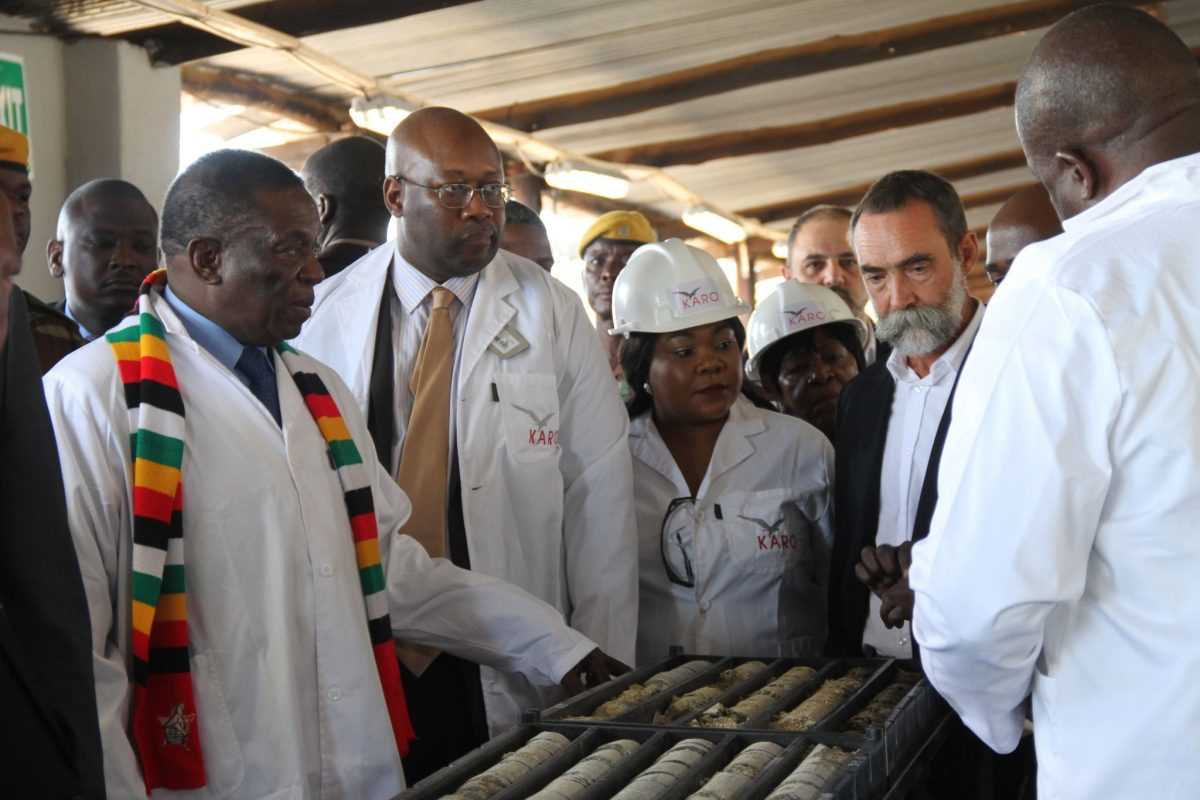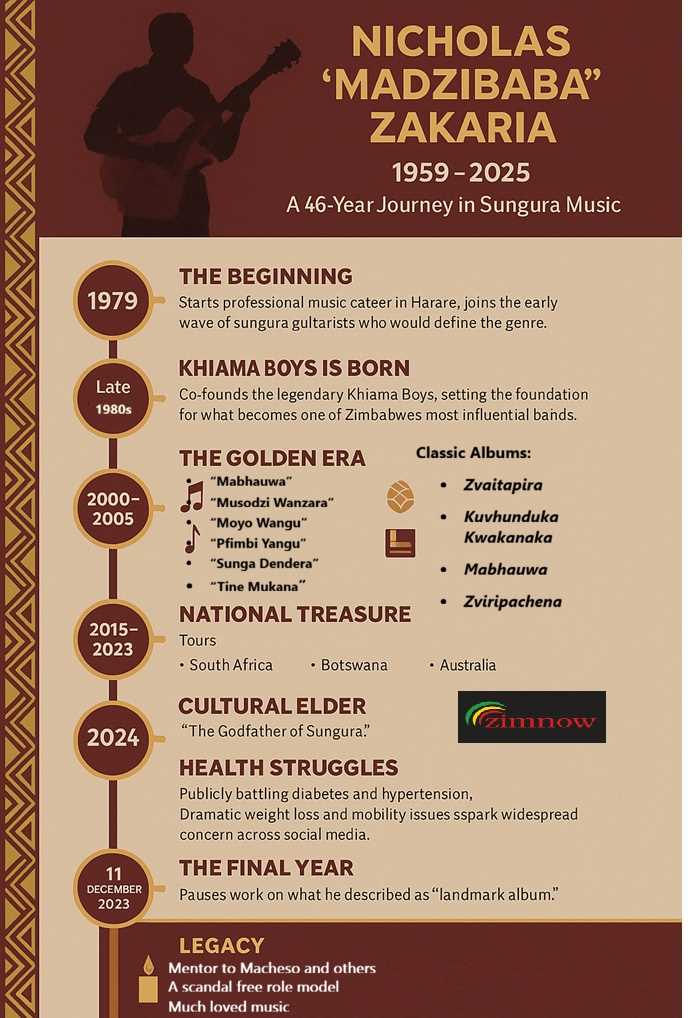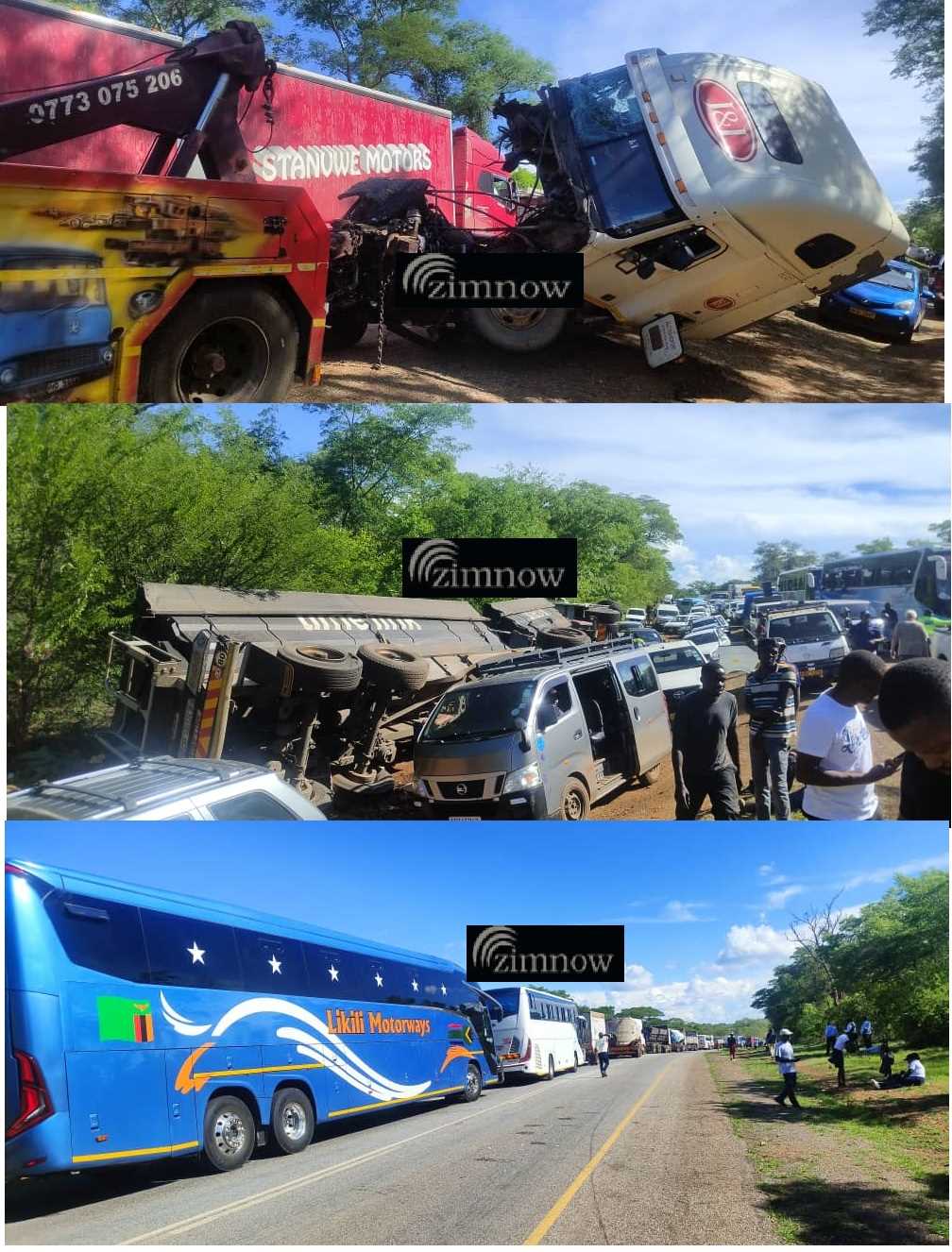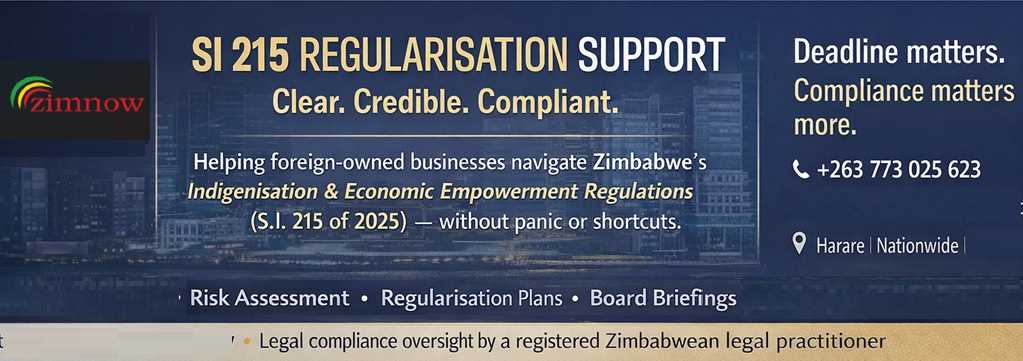
Nyashadzashe Ndoro- Chief Reporter
Tharisa plc, the Victoria Falls Stock Exchange and Johannesburg Stock Exchange listed PGM and chrome producer, has published an Independent Competent Persons' Report for its flagship Karo Platinum Project in Zimbabwe, detailing an assessment of the project's Mineral Resources and Mineral Reserves, alongside a valuation of the mineral asset.
Commissioned to meet the JSE's listing requirements for mineral companies, the CPR was prepared by independent experts in accordance with the South African Code for Reporting of Exploration Results, Mineral Resources and Mineral Reserves (2016 Edition), the SAMREC Code, and the South African Code for the Reporting of Mineral Asset Valuation (2016 Edition), the SAMVAL Code. Tharisa holds a 65.59% effective stake in Karo Platinum (Private) Limited, the entity overseeing the project.
The Competent Persons responsible for the comprehensive report are Kenneth Graham Lomberg of Pivat Mining Consultants (geology and mineral resources), Otto Wilhelm Warschkuhl of VBKOM (mineral processing, mineral extraction, and mineral reserves), and Jacobus Adriaan Myburgh of Mineral Economics, who also served as the Competent Valuator.
Key Findings of the CPR:
The report details the Mineral Resources and Mineral Reserves of the Karo Platinum Project as of September 30, 2024. Notably, the Mineral Resource estimate relies on the geological model and Mineral Resource model finalized in June 2024 for the Main Sulphide Zone of Zimbabwe's Great Dyke. The Mineral Reserve estimate is based on the latest pit design and life of mine schedule.
The Karo Platinum Project, situated approximately 85 km west-southwest of Harare in Mashonaland West Province, is currently under construction. The initial phase of mine development will involve the sequential development of four open pits. An on-site processing facility with a capacity of 220 thousand tonnes per month (ktpm) is also part of the project.
Tharisa stated that all necessary licenses and permits for the project are in place. The company also stated that Karo Platinum has addressed all pertinent Zimbabwean legal compliance requirements, encompassing licensing, environmental, and social aspects, with no major risks identified concerning current and planned permitting.
The Mineral Resource estimate, prepared under the SAMREC Code guidelines, is reported on a 100% basis and on Tharisa's attributable basis (64.79%). It is inclusive of the declared Mineral Reserves. The target cut-off grade for declaring Mineral Resources was optimized on a per 100 m x 100 m block basis, targeting a 1.7 g/t 3PGE+Au grade.
The report indicates that the total number of drill holes completed to date and incorporated in the current Mineral Resource estimate is 563, totaling 58,943 meters. According to the company, this extensive drilling program, adhering to industry best practices and rigorous QAQC protocols, underpins the resource estimation.
Mineral Reserve Statement:
Related Stories
The Mineral Reserve estimate is based on a mining engineering study that outlines a 2.64 million tonnes per annum (Mtpa) run of mine (ROM) operation, utilizing conventional open pit, truck and shovel mining methods. The initial open pits are designed to access the upper levels of the MSZ up to a maximum depth of 110 meters below surface.
The consolidated Mineral Reserve estimate for the open pits has increased by 1.8 Mt to 24.8 Mt compared to the 2023 estimate. This increase is attributed to the expansion of the KPSE Mineral Resource following additional exploration activities and economic optimization based on updated financial parameters. Notably, no Inferred Mineral Resources were included in the LOM plan.
Risks and Mitigation:
The CPR identifies grade control as a key operational risk due to the visual similarity of the ore package. To mitigate this, a pilot pit has been designed as a test site to refine grade control procedures before full production ramp-up.
Gaps in metallurgical test work regarding orebody variability are also highlighted as a potential risk to metal recoveries. Additional test work is recommended to establish a more robust basis for recovery estimates.
The timely approval and construction of the Chirundavi Dam are deemed crucial to meet the processing plant's water needs. While a provisional water permit has been granted, ongoing environmental and design work for the dam is underway.
Geotechnical pit slope design parameters have been prepared, but the lack of defined waste material types in the geological model presents a minor risk to future highwall designs.
The report also acknowledges potential impacts from surrounding informal communities and the need for a large-scale recruitment and training process. Commodity price and exchange rate fluctuations, as well as the pending approval of royalty and tax incentives, are identified as significant economic sensitivities.
Regulatory and Environmental Compliance:
The CPR confirms that all necessary regulatory permits have been obtained or applied for, and no legal impediments to the project's continued operation are known. Environmental approvals and authorizations for mining and processing have been secured. A Waste Management Plan is in place, with plans for a dedicated waste management facility progressing. Resettlement action plans for affected communities are also being implemented in line with international performance standards.
Tharisa describes itself as a resource group crucial to the energy transition and decarbonisation, with operations spanning exploration, mining, processing, beneficiation, marketing, sales, and logistics of PGMs and chrome concentrates. Its primary operating asset is the Tharisa Mine in South Africa's Bushveld Complex.
In addition to the Karo Platinum Project, Tharisa is focusing on beneficiation in the form of chrome and PGM alloys. The company is also pursuing sustainability initiatives, including a 15-year power purchase agreement for renewable energy and a 40 MW solar project, aiming for a 30% reduction in its carbon footprint by 2030 and net carbon neutrality by 2050.
Tharisa is further involved in the development of a long-duration battery technology through its Redox One subsidiary. Tharisa plc is listed on the JSE and the London Stock Exchange.

















Leave Comments